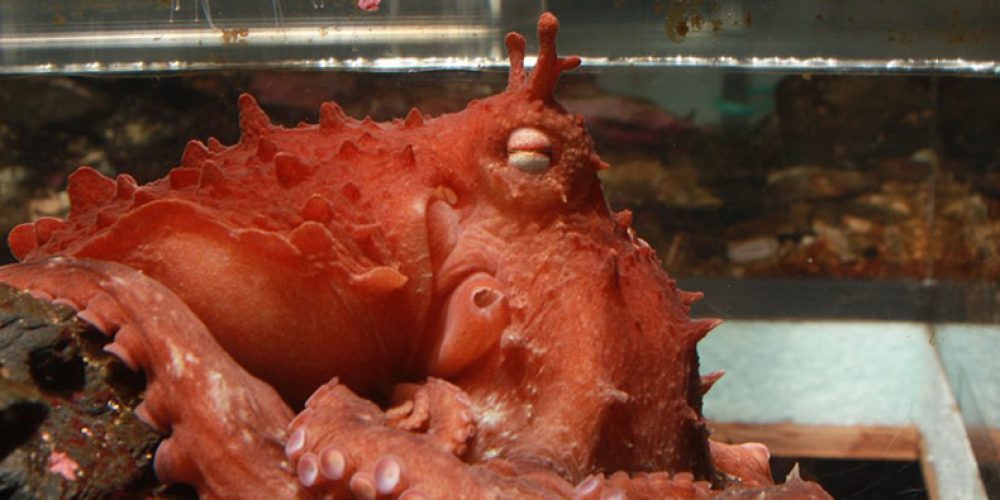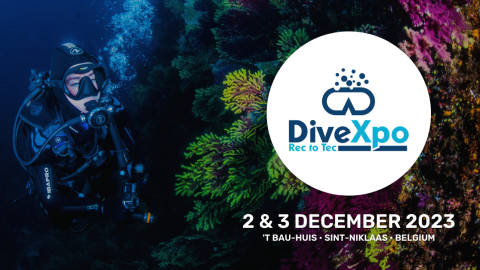Friday, 10 May 2024
Menu

As the popular saying goes, ‘It isdarkest under the lamp’, and this probably perfectly reflects the situation surrounding the discovery of a new species of octopus. Although it had been suspected for some time that there might be several species under the name of giant octopus, it is only now that scientists have become certain.
In 2012, a group of researchers from Alaska Pacific University and the US Geological Survey, encountered a group of giant octopuses that were genetically different from the others. Unfortunately, after sampling, the animals were not photographed before release, so it was not possible to determine whether the difference was only genetic or whether the individuals were also visually different.
Nathan Hollenbeck, a student at Alaska Pacific University, decided to investigate, turning the animals he studied into the subject of his thesis. It quickly became clear that two different species of octopus could be distinguished just by looking at them. Their representatives are quite distinct.
The giant octopus and its known characteristics, differed from what could be observed in the other species. This one, in contrast to the species already known and described in 1910, has a frill running through the whole body, strange cilia and two white spots on the front of the head, where the giant octopus has only one such spot.
So invasive (tiny fragments of arms) and non-invasive (using cotton swabs) samples were taken. In fact, this was the first time that an octopus DNA sample had been collected using a non-invasive method. By testing the collected genetic material, two things were confirmed: we are dealing with two different species of octopus and the non-invasive DNA sampling can successfully replace the previous method. The results of this research are presented in the American Malacological Bulletin.
Voices coming from the scientific community, following the confirmation of this discovery, suggest that we may soon witness the isolation of further species, hitherto hiding under the common species name Enteroctopus dofleini.
Source: news.mongabay.com, sciencealert.com, earther.com
[pro_ad_display_adzone id=”31298″]










Welcome to DIVERS24.COM, your daily source of scuba news, freediving, scuba diving information, and equipment reviews. Our comprehensive coverage of the dive industry from A to Z provides you with all the latest scuba news, training updates, underwater photography tips, and everything else related to scuba diving. Whether you’re a beginner or an experienced diver looking for more knowledge about scuba gear or techniques – we’ve got it covered! With our in-depth articles written by experienced divers who have been there and done that, you are sure to find exactly what you need here at Divers24.com. Dive into scuba news today!
Underwater Media Sp. z o.o.
Szafarnia 11/F8,
80-755 Gdansk, Poland
Welcome to DIVERS24.COM, your daily source of scuba news, freediving, and scuba diving information. Sign in for a weekly news update and discount coupons for dive gear and apparel.
@2023 - underwatermedia.pl. All Right Reserved. Designed and Developed by Tworzenie stron internetowych Gdansk

The Divers24 portal is currently the largest online medium treating diving in Poland. Since 2010 we have been providing interesting and important information from Poland and around the world on all forms of diving and related activities.
Contact us: info@divers24.com